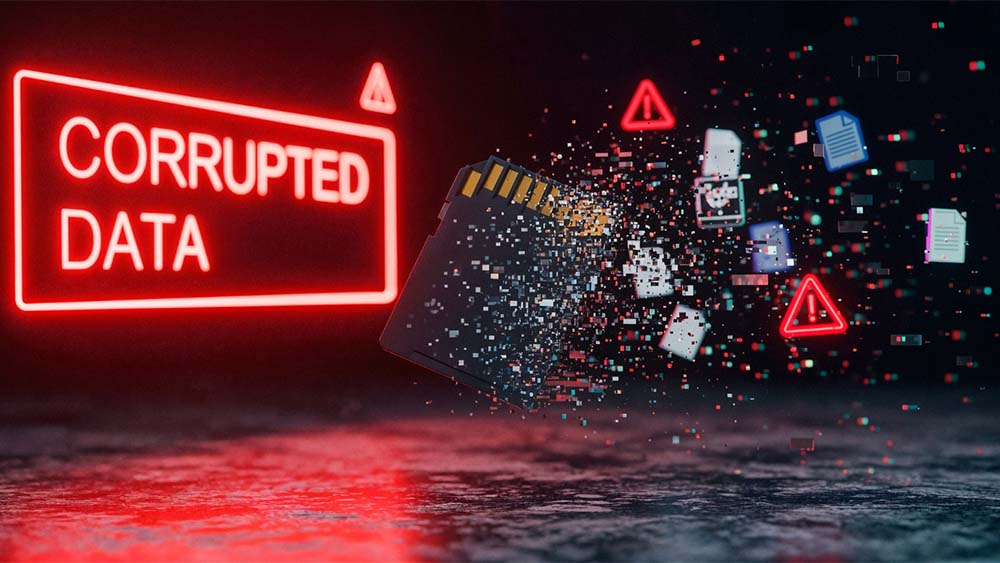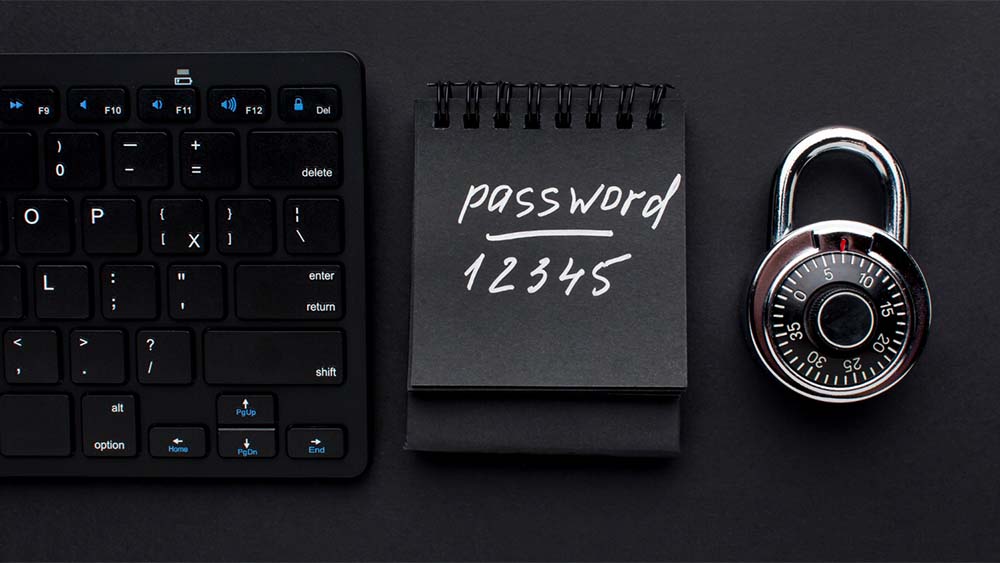Between 2015 and 2025, mega-breaches have changed our perception of the risk. Here’s a simple and practical guidebook based on what went wrong.
A 60-second visit that includes “the big ones”
-
Yahoo (2013/2014 The breach was disclosed in between 2016 and 2017): ultimately all 3 billion accounts were affected. It’s still the largest single security breach to date.
-
Equifax (2017): 147.9M Americans were exposed to data due to the discovery of an not patched Apache Struts flaw and an expired certificate late detection.
-
Marriott/Starwood (2014-2018): 339M guest records, which include details of the passport and passport numbers; later penalized to the UK ICO.
-
Capital One (2019): cloud/WAF misconfigurations enabled data theft. The attacker was later found guilty.
-
SolarWinds (2020): supply chain intrusions through Orion updates has affected government agencies as well as businesses around the world.
-
Colonial Pipeline (2021): ransomware disrupted fuel distribution. The company was able to pay $4.4M and the FBI took back a portion of it.
-
MGM Resorts & Caesars (2023): social engineering of help desks lead to disruptions and a cost of $100 million at MGM.
-
23andMe (2023): credential stuffing exposed information about ~6.9M users through connected features.
-
MOVEit (2023): a single MFT zero-day ripple that spanned more than 2,700 organizations or 93M people–a reality check for the supply chain.
-
AT&T (2024): ~73M current/former account holders in a dark-web dataset–data dating back years.
-
Change Healthcare / UnitedHealth (2024): ransomware + the absence of an MFA on the server; ~190M Americans potentially affected and a ransom of $22 million was paid.
-
Stolen Snowflakes (2024-2025): data stolen from multiple users (e.g., Ticketmaster, Santander) through stolen credentials. Not an exploit for a platform however, it is an identity theft story from a identity theft by a third party story.
The headlines above aren’t all an example of a traditional “breach” (e.g., Cambridge Analytica was data misuse) however, these management principles are similar: excessively collected data and weak controls equals massive consequences.
Ten lessons security professionals have actually implemented the following day
-
Patch like your brand’s depends on the patch (because the patch does). Equifax shows how an unintentional critical patch (Apache Struts, CVE-2017-53838) and an expiring TLS inspection certificate prevented detection which turned a fixable vulnerability into a disaster. Now: Monitor the time to patch critical patches (SLA 7 days or less) Automate vuln-to-ticket and keep track of exploit telemetry — not only versions.
-
Remove it if there’s no reason to require it. AT&T’s breach impacted 65.4M old accounts. Old data is lingering and liability also. Now: implement retention of data by the system and automate the purge of old PII. Show it by logging deletions.
-
Use third party suppliers as your attack source. SolarWinds and MOVEit proved that the risk of suppliers is your own risk. Take action now: Keep an electronic bill of materials (SBOM) and require coordination disclosure and patch SLAs within contracts, and segment/monitor files transfer as well as management software.
-
Cloud is secure–misconfigurations aren’t. Capital One’s theft rode a WAF/metadata misconfiguration path (SSRF). Do now: Enforce least-privilege IAM, block instance-metadata access by default, and run continuous misconfig drift checks.
-
Identity has become the latest perimeter, allowing you to close all the gap.
-
MFA across the board even service/admin accounts (Change Healthcare did not have MFA on the server that was critical).
-
It is possible to detect token abuse and sessions hijacking (Okta HAR sessions and sessions tokens).
Now: FIDO2 for admins restricted access for conditional users, tokens that are short token-signing key monitoring, as well as fast session cancellation.
-
-
Consider that you IdP and emails could get at risk of being targeted. Microsoft’s Storm-0558 fake tokens that read emails from 25 orgs and the U.S. CSRB called it unavoidable. Take action now the following: Independent cloud identity reviews and externalized key custody when feasible, and a rigorous key hygiene and rotation, including the ability to detect anomalous signatures.
-
People and process surpass “perfect tech.” MGM’s problems with outages that were escalating began with phone-based social engineering at Help desk. What you can do now: Help desk strengthening (no resets on chat/phone without re-proofing with high-assurance), “assume-breach” tabletop drills, as well as just-in-time administrative elevation.
-
Resilience to ransomware is a business. Colonial Pipeline and Change Healthcare demonstrate that paying a ransom does not assure speedy recovery or data security. Consider the following: offline, immutable backups and hour-zero runbooks that have been tested segmentation to keep crown jewel operations running even under pressure.
-
Transparency of incidents is important (and regulators are aware).
Marriott’s fine as well as Facebook’s $5 billion FTC penalty highlight the fact that privacy, disclosure quality programs and diligence of vendors are issues at the board level.
Do now: Pre-write comms templates Legal review lanes and contact trees for regulators. -
Create a credential-stuffed system that assumes your users use passwords for multiple times. 23andMe demonstrates how the proximity of features (e.g. relations/ancestry connections) could increase the risk. Now: Implement MFA opt-out frictions, breached-password checks, dynamic throttling and feature-level abuse limitations.
A realistic 90-day schedule (use this as a checklist)
Week 1 Stabilize your position and evaluate your risks
-
Send an crown-jewels Map (systems plus data and third party).
-
Make sure to turn on MFA for the entire organization particularly for administrators as well as service accounts. VPN/SSO.
-
Patch/mitigate all known exploited vulns (KEV liste) and remove old remote admin and MFT tools.
Week 3-6: Reduce blast radius
-
Inforce the least privilege and remove old access; use JIT administrator.
-
Segment crucial workloads and set up break-glass accounts using hardware keys.
-
Implement retention and deletion for old customer data (prove it by keeping logs).
Week 7-10 and respond more efficiently
-
Install key/token for abuse detection (O365/Google IdP/Workspace).
-
It is required to require the help desk to verify the identity of callers and prevent resets using chat or by voice, if there are no high-assurance elements.
-
Run a ransomware tabletop: restore from backups, validate RTO/RPO, test comms to customers/regulators.
From 11-13 November Secure on the supply chain
-
Get third-party software and services in stock; obtain SLOs and patches SLAs written.
-
Gate vendor connectivity is governed by policy-based network as well as the monitoring of behavior • Distinguish MFT/automation software.
Measures that actually alter over the results
-
MTD/MTTR for identity anomalies as well as spikes in egress
-
% critical vulns patched <=7/15 days (internet-facing/internal)
-
Administrator accounts that have MFA that is resistant to phishing (target 100 percent)
-
Token Keys that signify hygiene of the key (rotation HSM usage Anomaly alerts)
U.S. Department of Homeland Security
-
The third-party insurance: % vendors with SBOM, vuln SLA and incident clauses
-
Data minimization: % systems enforcing automated PII deletion after X days
Final takeaway
The most prominent incidents weren’t “zero-days versus perfect defenses.” They were simple security gaps–unpatched systems, stored-forever information, soft help-desks optional MFA and the spread of vendors. The good news is that the solutions are measurable and easily observable.








